- Home
- UFAI in the News
- UFAI in Print
- Cam Newton's Ankle Injury
Cam Newton's Ankle Injury
- Published 3/21/2014
- Last Reviewed 3/8/2022
In this repair technique, the ligament is cut at the torn and stretched region and is pulled on top of the adjacent piece. Then, they are tied together to make a double thick repair site, thus the term 'pants over vest.

An already rough off-season for the Carolina Panthers took an even worse turn when the team announced superstar quarterback Cam Newton needed ankle surgery.
Joe Person of The Charlotte Observer broke the news via Twitter on Tuesday. According to Person's colleague Jonathan Jones, doctors performed the surgery to "tighten" up Newton's ankle ligaments: "The ankle was sore after the San Francisco (playoff) game and we wanted to see if rest would calm it down, but it is still bothering him and the decision was made to address it," Panthers head trainer Ryan Vermillion said in a statement. According to a team spokesman, the ligaments in the ankle had been stretched out, and the procedure will tighten them.
Newton underwent the procedure on Wednesday. According to ESPN.com's David Newton, it went smoothly and without complication—as would be expected given the quality of his surgeon, Dr. Robert Anderson:
"Dr. (Robert) Anderson did not find anything unexpected in the procedure and the surgery went well," Carolina head athletic trainer Ryan Vermillion said in a statement.
Both reports note that the quarterback is likely facing a four-month recovery. He needs such a lengthy rehabilitation to allow the repaired ligaments to strengthen as much as possible.
After all, ligament laxity — or looseness — was likely the problem to begin with.
When an athlete sprains his or her ankle, one or more of the numerous ankle ligaments over-stretches. A Grade 1 sprain constitutes a mild stretch with microscopic tearing, while Grade 2 and Grade 3 sprains involve partial and complete ligament rupture, respectively.
Sometimes, a Grade 3 sprain will require surgery to reattach the torn ends.
However, recurrent low-grade sprains may similarly necessitate going under the knife — as it appears Newton now knows.
The Panthers likely waited to see if Newton's most recent injuries — one from last December and soreness that, according to another report from Jones, lingered through late January's Pro Bowl—would adequately heal without surgery. Regrettably, it seems his progress stalled out, suggesting resting his ankle reached a point of diminishing returns.
Whereas a once-sprained ligament will usually heal and tighten back up without issue, multiple injuries can lead to a chronically weak ligament due to the accumulation of damage and scar tissue from each healing process.
For a better picture, imagine a rubber band. Now, stretch it to the point just before it breaks, relax and repeat the process multiple times. With each repetition, the rubber band becomes less and less taut — and therefore less able to do its job.
Ankle ligaments can follow a similar model.

Normally, healthy ankle ligaments connect the bones of the lower leg to each other and the foot, thereby stabilizing and coordinating the foot's motion relative to the shin. For example, among other movements, they allow an athlete to stably plant his or her foot on the ground and cut in the opposite direction.
When one or more ankle ligaments become loose—either due to an acute sprain or multiple past injuries—they cannot withstand the type of stress an athlete may ask of them. In the above cutting example, a move that would ordinarily allow Newton to plant his left foot in order to cut to the right might instead result in a rolled ankle—and possibly another sprain in its own right.
Ligament tightening and repair surgery directly addresses the issue. According to Dr. Bob Baravarian—a foot and ankle surgeon at Providence Saint John's Health Center in Santa Monica, Calif.—during a repair, a surgeon can physically reinforce the loose rubber band, so to speak.
"The stretched ligament may be slightly trimmed, but the main part of a primary ankle ligament repair is called a 'pants over vest' tightening of the ligament," Dr. Baravarian explained. "In this repair technique, the ligament is cut at the torn and stretched region and is pulled on top of the adjacent piece. Then, they are tied together to make a double thick repair site, thus the term 'pants over vest.'"
In other words, in the above method, a surgeon fully cuts the ligament at the weakened site and overlaps the two ends, resulting in both shorter and stronger tissue—once rehab is complete, that is.
Over the coming months, Newton will slowly but surely and progressively test his ankle as his body cements the repaired ligament or ligaments into place. His rehab will likely start with basic range-of-motion exercises, later followed by strength and agility training.
As mentioned, the Panthers star needs ample time to work through his rehab regimen, hence the prolonged timeline. Working too quickly risks damaging the repair and starting the process all over again, and for a team that has already lost multiple offensive weapons this off-season, a setback in Newton's rehab could prove disastrous in every sense of the word.
Fortunately, there is not yet reason to expect anything less than a full recovery. Surgical ligament repairs carry good prognoses if doctors catch the issue early.
Furthermore, Newton will work with some of the best physical therapists out there, and the Panthers will surely take no risks with their franchise player.
While he may miss a significant portion of preseason workouts, in this case, the long-term gain far outweighs the short-term loss.
 Thank you so much Dr. Briskin and team for the great visit. I would not hesitate to schedule a visit with UFAI in the future. T...An
Thank you so much Dr. Briskin and team for the great visit. I would not hesitate to schedule a visit with UFAI in the future. T...An Keep doing such amazing workAngel C.
Keep doing such amazing workAngel C. The referrals came through quickly and they called me to book an appointment for physical therapy which nobody else does!Catriona D.
The referrals came through quickly and they called me to book an appointment for physical therapy which nobody else does!Catriona D. Good.Lisa E.
Good.Lisa E. A few months ago, I visited Dr. Baravarian for a foot ailment that I had been suffering from for a few years. After a couple of...Tory R.
A few months ago, I visited Dr. Baravarian for a foot ailment that I had been suffering from for a few years. After a couple of...Tory R. ExcellentRichard A.
ExcellentRichard A. I like him and will
I like him and will
Recommend him to friendsMaureen K. Doctor is very personable and agreeable. Great professional.Joel C.
Doctor is very personable and agreeable. Great professional.Joel C. Dr. Nalbandian is the best. I had shots in both ankles and she was so very gentle. Very warm and friendly.Michelle G.
Dr. Nalbandian is the best. I had shots in both ankles and she was so very gentle. Very warm and friendly.Michelle G. Thorough, competent and my Feet are feeling better. I valued the shoe recommendations too.Nancy R.
Thorough, competent and my Feet are feeling better. I valued the shoe recommendations too.Nancy R. Very pleased with UFAIVirginia H.
Very pleased with UFAIVirginia H. Great experience highly recommendKaren S.
Great experience highly recommendKaren S.
-
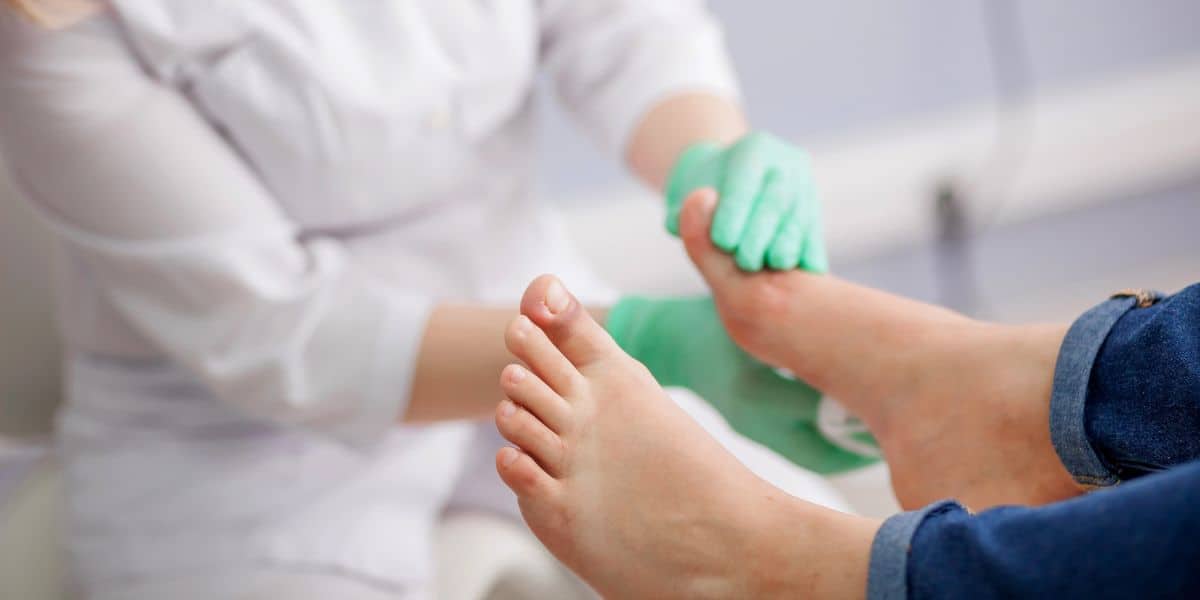 Listen Now
Non-Surgical Treatment for Plantar Fasciitis – What Are Your Options?
Read More
Listen Now
Non-Surgical Treatment for Plantar Fasciitis – What Are Your Options?
Read More
-
 Listen Now
Swollen Feet During Pregnancy
Read More
Listen Now
Swollen Feet During Pregnancy
Read More
-
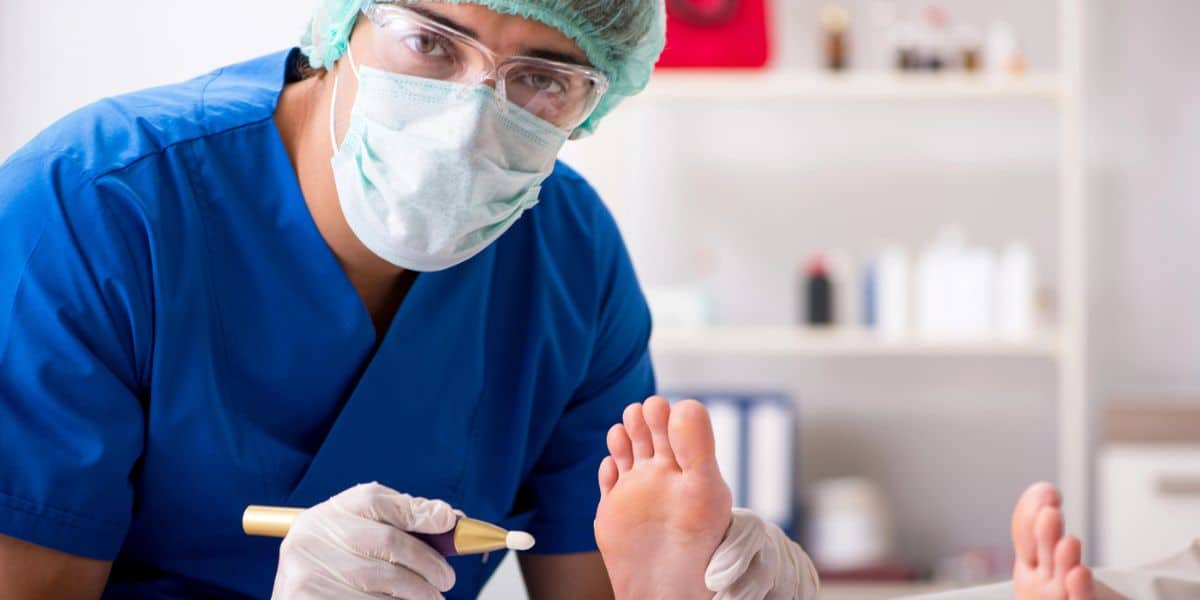 Listen Now
Should I See a Podiatrist or Orthopedist for Foot Pain and Ankle Problems?
Read More
Listen Now
Should I See a Podiatrist or Orthopedist for Foot Pain and Ankle Problems?
Read More
-
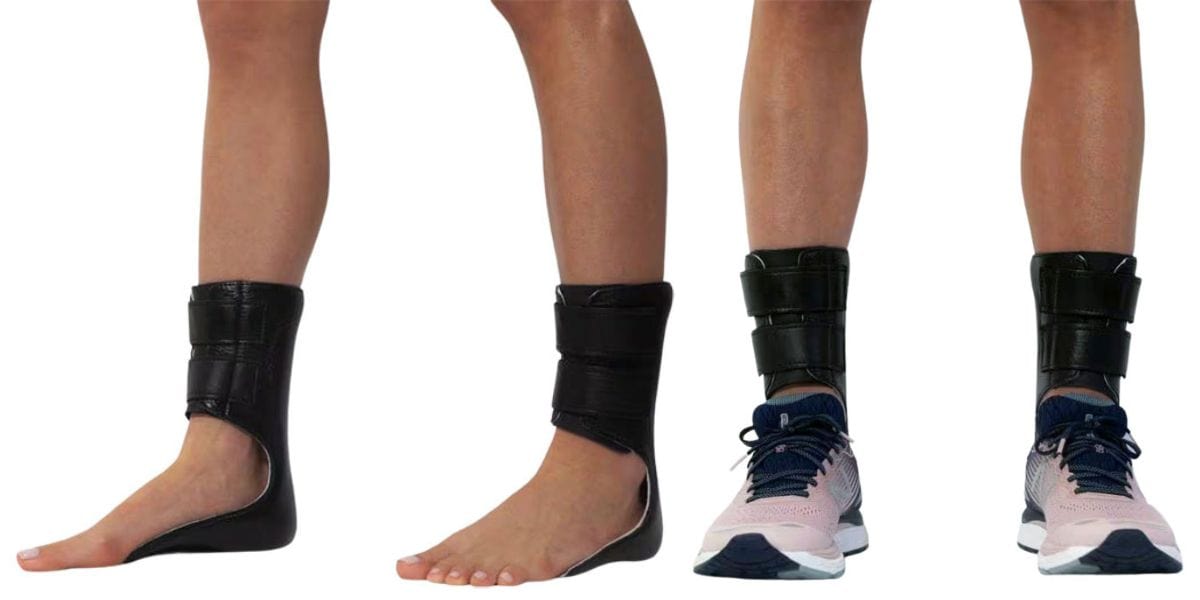 Listen Now
Moore Balance Brace: Enhance Stability and Prevent Falls for Better Mobility
Read More
Listen Now
Moore Balance Brace: Enhance Stability and Prevent Falls for Better Mobility
Read More
-
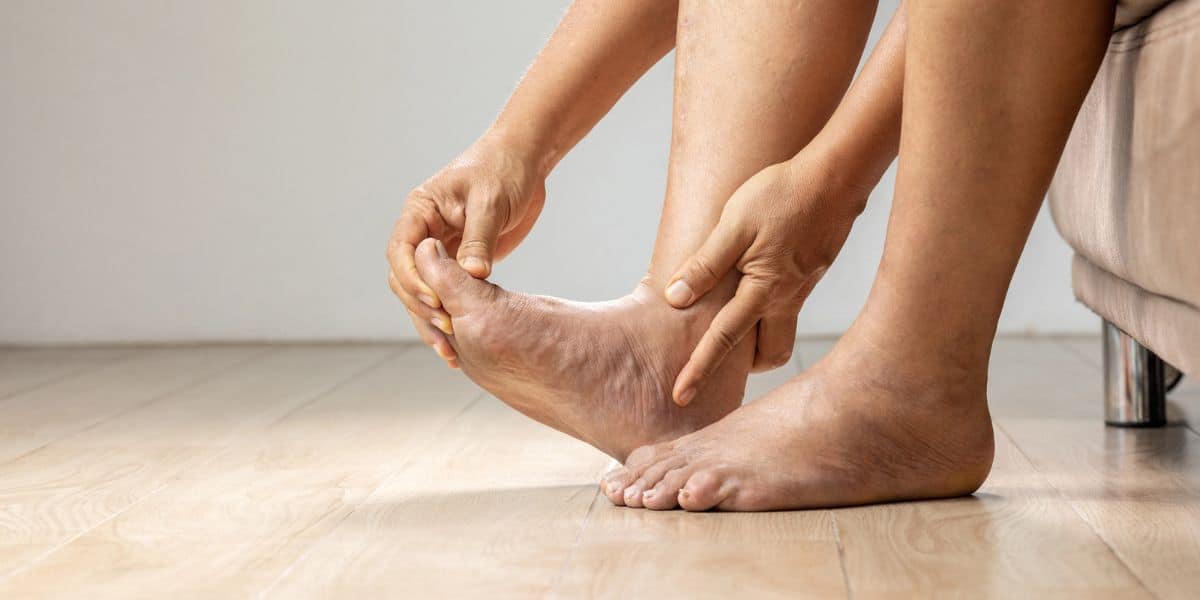 Listen Now
Top 10 Non-Surgical Treatments for Morton's Neuroma
Read More
Listen Now
Top 10 Non-Surgical Treatments for Morton's Neuroma
Read More
-
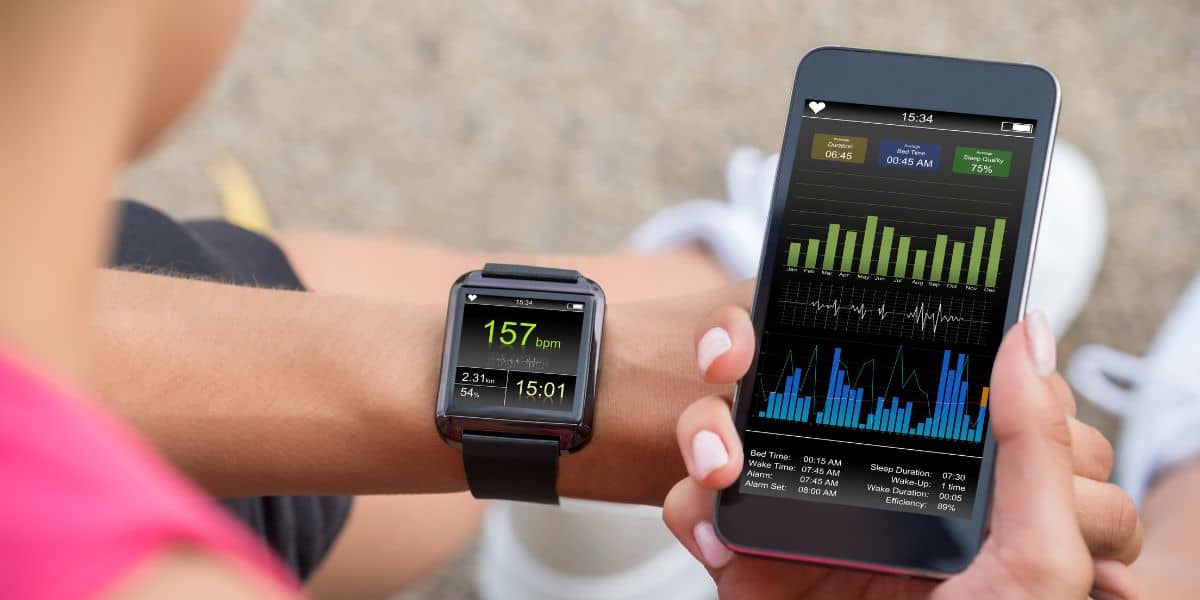 Listen Now
How Many Steps Do I Need A Day?
Read More
Listen Now
How Many Steps Do I Need A Day?
Read More
-
 Listen Now
Do Blood Pressure Medicines Cause Foot Pain?
Read More
Listen Now
Do Blood Pressure Medicines Cause Foot Pain?
Read More
-
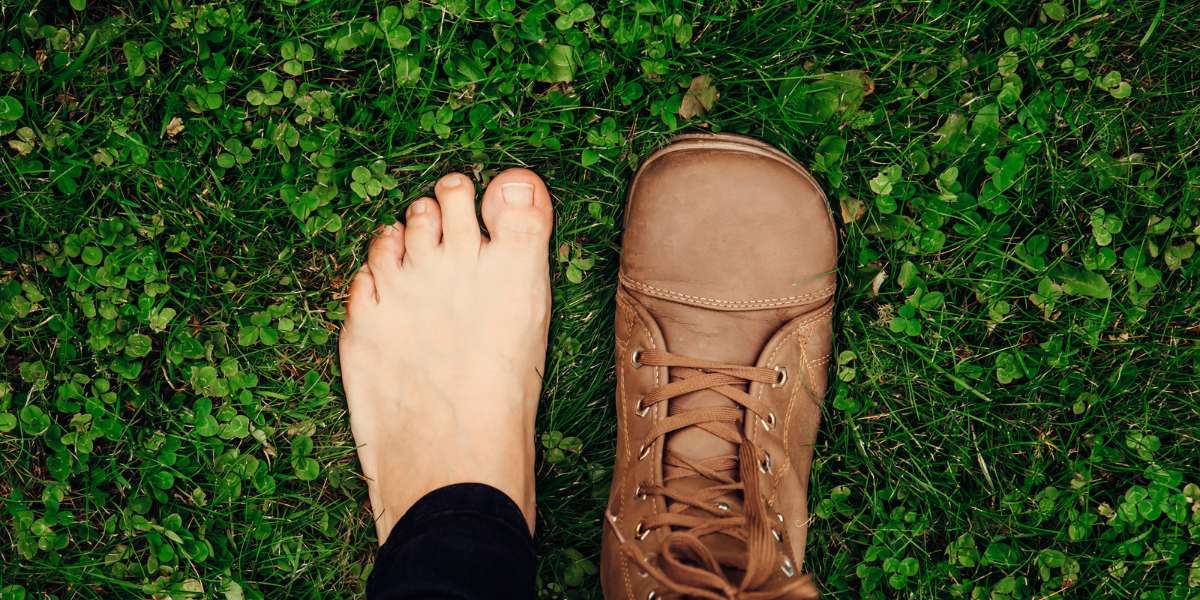 Listen Now
How To Tell If You Have Wide Feet
Read More
Listen Now
How To Tell If You Have Wide Feet
Read More
-
 Listen Now
Bunion Surgery for Seniors: What You Need to Know
Read More
Listen Now
Bunion Surgery for Seniors: What You Need to Know
Read More
-
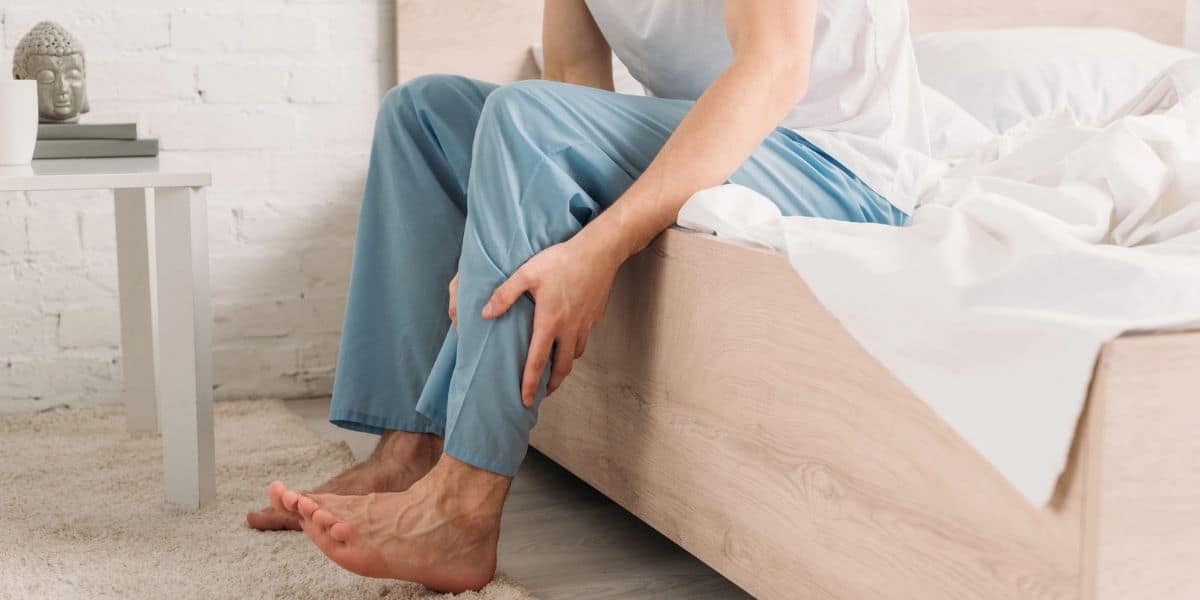 Listen Now
What Are Shin Splints?
Read More
Listen Now
What Are Shin Splints?
Read More
-
 Listen Now
Is Bunion Surgery Covered By Insurance?
Read More
Listen Now
Is Bunion Surgery Covered By Insurance?
Read More
-
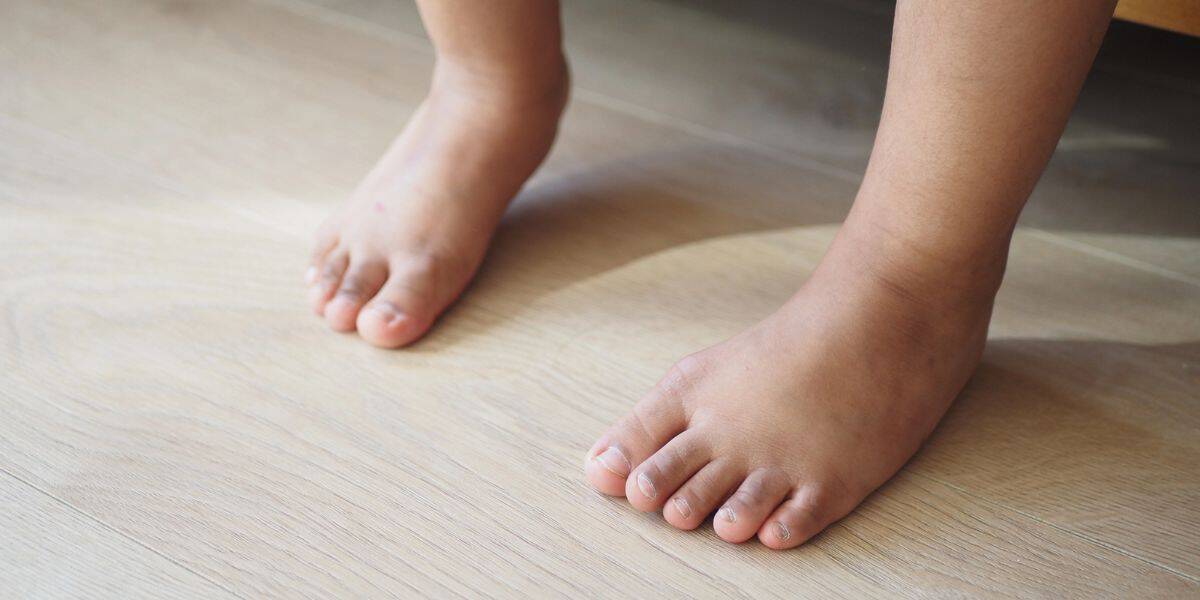 Listen Now
Pediatric Bunion Surgery
Read More
Listen Now
Pediatric Bunion Surgery
Read More
-
 Listen Now
15 Summer Foot Care Tips to Put Your Best Feet Forward
Read More
Listen Now
15 Summer Foot Care Tips to Put Your Best Feet Forward
Read More
-
 Listen Now
Bunion Surgery for Athletes: Can We Make It Less Disruptive?
Read More
Listen Now
Bunion Surgery for Athletes: Can We Make It Less Disruptive?
Read More
-
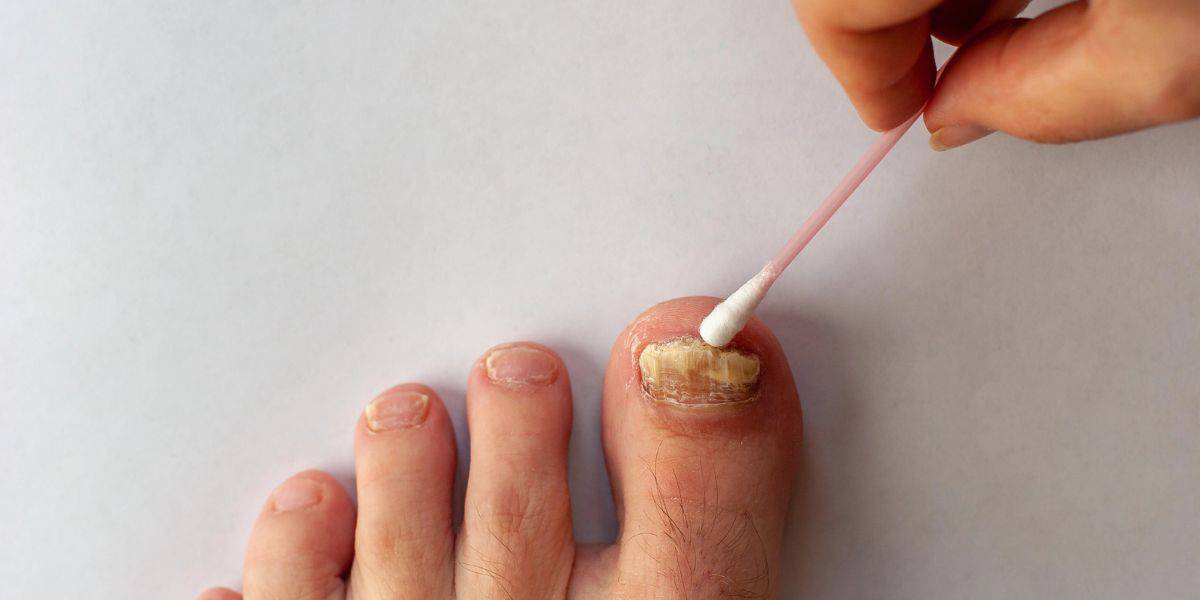 Listen Now
What To Do When Your Toenail Is Falling Off
Read More
Listen Now
What To Do When Your Toenail Is Falling Off
Read More














